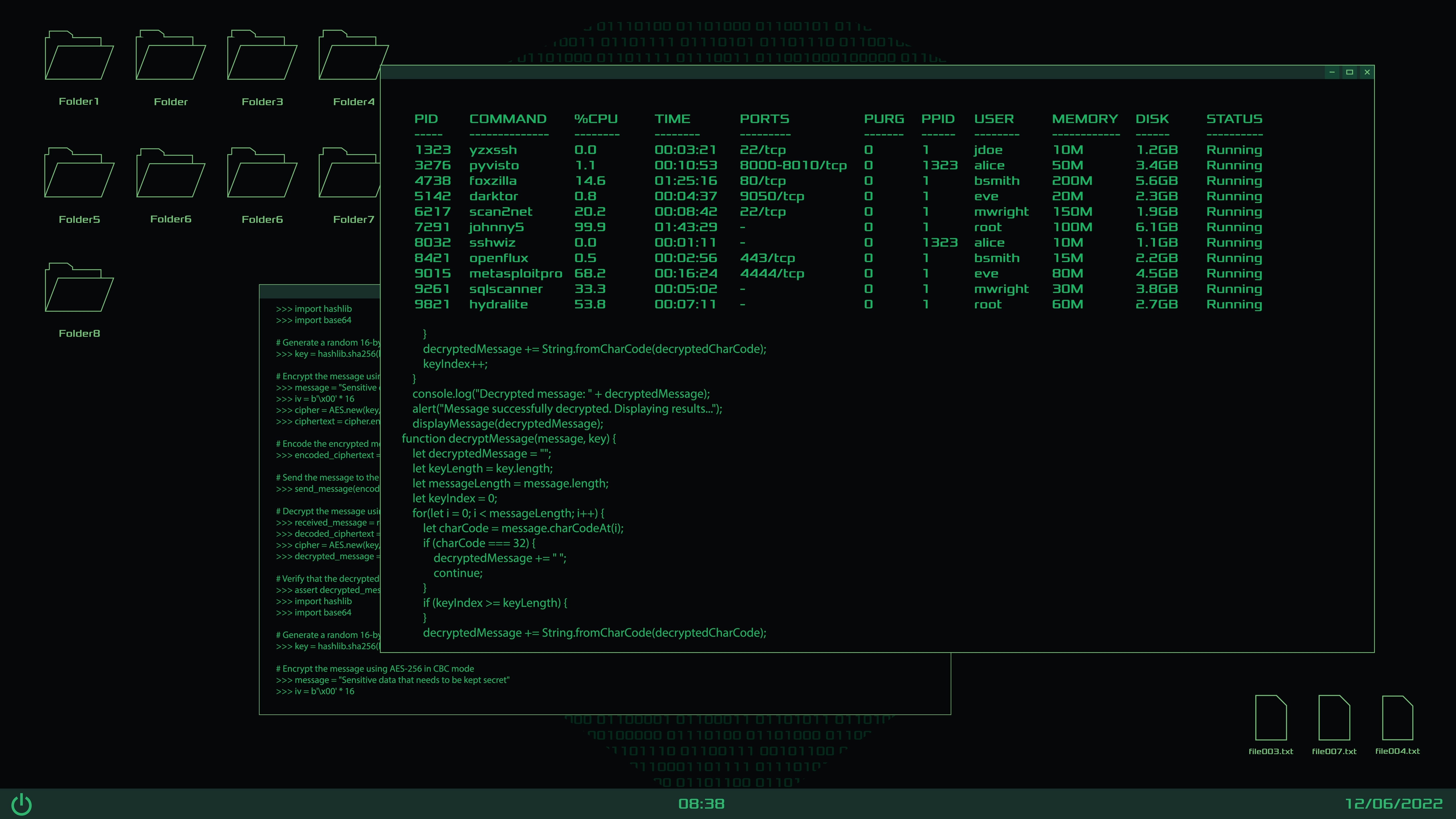Social media plays a vital role in managing cybersecurity incidents and maintaining stakeholder trust during digital crises. When security breaches occur, organizations must respond quickly and effectively across social platforms to protect their reputation and keep stakeholders informed. According to recent studies, companies that respond to data breaches within the first 24 hours maintain significantly more public trust than those that delay their communications. This article provides a detailed guide for cybersecurity professionals and communications teams on creating real-time updates, managing public reactions, and monitoring sentiment during cybersecurity incidents on social media platforms.
PR Overview
Building an Effective Crisis Response Team
A strong crisis response starts with the right team structure. Your crisis response team should include representatives from social media, public relations, legal, human resources, and executive leadership. Each team member needs clearly defined roles and responsibilities to ensure rapid, coordinated responses when incidents occur.
Your team should maintain a central repository of response procedures, communication templates, and critical documentation. This allows any authorized team member to access essential information during a crisis. Regular crisis simulations help the team practice their roles and refine response processes before real incidents occur.
To prevent burnout during extended crises, implement a rotation schedule for social media monitoring staff. Studies show that social media teams managing crisis communications can experience stress levels similar to emergency responders, making proper support and scheduling essential for sustained effectiveness.
Creating Effective Real-Time Updates
When cybersecurity incidents occur, speed and accuracy in communications become paramount. Start by immediately pausing all scheduled social media posts to prevent tone-deaf automated messages during the crisis. This allows your team to focus on crafting appropriate real-time updates.
Your initial communication should acknowledge the situation quickly, even if you don’t have all the details. According to crisis management experts, it’s better to communicate what you know and commit to providing updates than to remain silent while gathering complete information. This builds credibility with stakeholders and helps control the narrative.
Structure your updates to include:
- Clear acknowledgment of the issue
- Known facts about the situation
- Steps being taken to address the problem
- Timeline for next update
- Resources for additional information
Use multiple communication channels to reach different audience segments. While social media provides immediate reach, complement these updates with email, SMS, and website notifications for comprehensive coverage. Maintain consistent messaging across all platforms to avoid confusion.
Managing Negative Public Reactions
Negative reactions are inevitable during cybersecurity incidents. Your response strategy should focus on maintaining professionalism while addressing legitimate concerns. Train customer service teams in direct messaging skills for rapid complaint resolution, and establish clear guidelines for which comments require responses.
Not every negative comment needs a reply. Focus your response efforts on:
- Comments from influential users
- Posts with significant reach
- Messages containing misinformation
- Direct questions about customer impact
- Concerns about data safety
When responding to criticism, maintain a professional tone and avoid defensive reactions. Acknowledge concerns directly and provide factual information about your response efforts. If mistakes occurred, take ownership rather than deflecting responsibility.
Effective sentiment monitoring requires both tools and strategy. Implement social listening platforms to track brand mentions and emerging issues in real-time. Popular tools like Hootsuite, Sprout Social, and Brandwatch provide sentiment analysis capabilities essential for crisis management.
Set up monitoring for:
- Direct brand mentions
- Related hashtags
- Industry keywords
- Competitor activity
- Security-related terms
Track sentiment trends to adjust your communication strategy. If monitoring reveals increasing negative sentiment, consider increasing the frequency of updates or addressing specific concerns more directly. Document sentiment patterns to inform future crisis response planning.
Addressing Misinformation
False information spreads quickly during security incidents. Establish a rapid response process for addressing misinformation, particularly when it affects customer safety or data security. Create myth-busting content that directly addresses common misconceptions while pointing to authoritative sources.
Partner with relevant agencies and industry experts to validate information before responding. This helps maintain credibility and prevents accidentally spreading incorrect information. When correcting misinformation, focus on facts rather than engaging in arguments or defensive responses.
Post-Crisis Analysis and Improvement
After the immediate crisis subsides, conduct a thorough analysis of your response effectiveness. Review metrics including:
- Response time to initial incident
- Frequency of updates
- Sentiment trends throughout the crisis
- Engagement rates on communications
- Resolution time for customer concerns
Use these insights to update your crisis communication plan and improve future responses. Document successful strategies and identify areas for improvement in team coordination, message delivery, and stakeholder engagement.
Conclusion
Managing cybersecurity concerns through social media requires a balanced approach combining speed, accuracy, and empathy. Success depends on having a well-prepared team, clear communication protocols, and effective monitoring tools in place before incidents occur. Organizations should focus on building these capabilities during normal operations to ensure readiness for crisis situations.
Take immediate steps to strengthen your social media crisis response by:
- Assembling and training your crisis response team
- Creating communication templates and approval processes
- Implementing social listening tools
- Establishing clear roles and responsibilities
- Conducting regular crisis simulations
Remember that maintaining stakeholder trust during cybersecurity incidents requires consistent, transparent communication across all channels. Regular review and updates of your crisis management procedures will help ensure your organization remains prepared to address future security challenges effectively.
How PR Shapes Trust in a Post-Hype Blockchain Era
The blockchain industry has weathered multiple storms—from spectacular exchange collapses to...
The Intersection of Corporate Communications and Cybersecurity Messaging
When a cybersecurity incident strikes, the technical breach is only half the battle. The other...
How Security Leaders Position Credibility in Crypto Markets
When a security incident hits, the clock starts ticking in minutes, not hours. Your investors...




